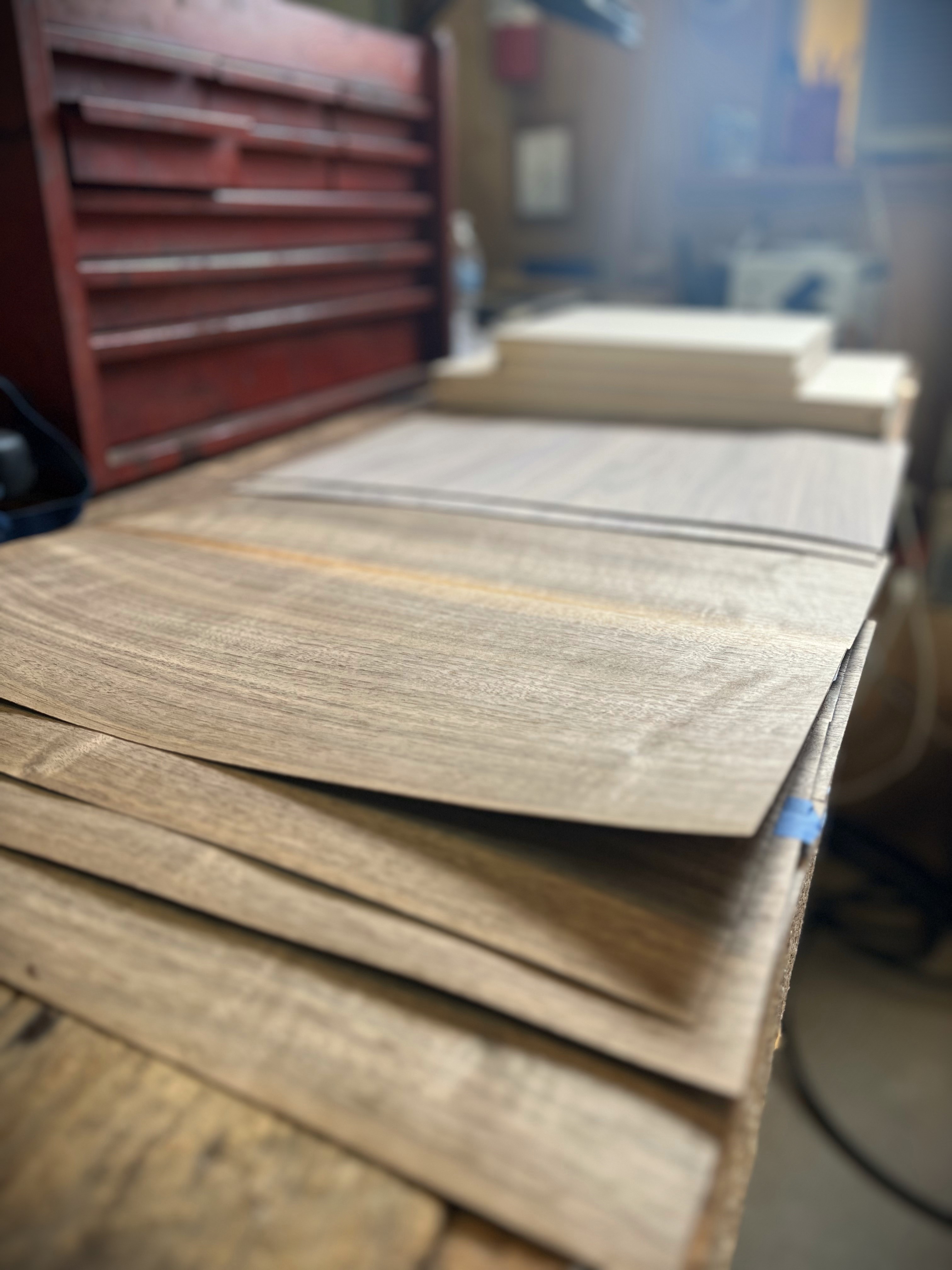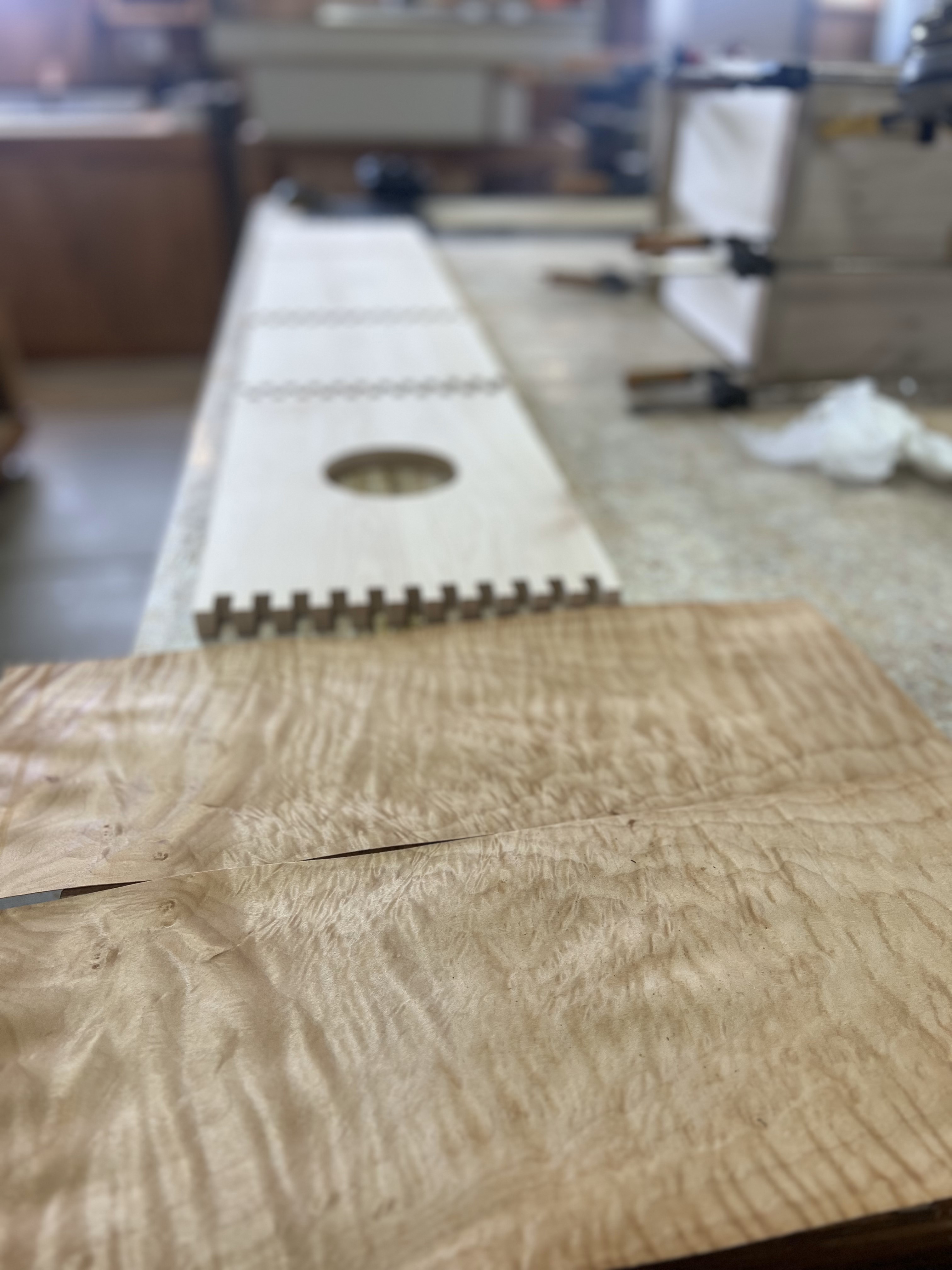Posted by Steve Head on 28th Aug 2024
Understanding Decay: What Affects the Decay of a Cajon?
When it comes to the sound of a cajon, the concept of "decay" is crucial in defining the instrument’s overall tone and responsiveness. Decay refers to the rate at which the sound fades away after the initial strike. It’s a key factor that influences the rhythmic feel and the musicality of the cajon. Whether you’re looking for a quick, staccato sound or a lingering, resonant tone, understanding what affects the decay of a cajon can help you achieve the sound you’re after. In this blog post, I’ll explore the various factors that influence the decay of a cajon and how you can manage them to shape your instrument’s sound.
1. Material of the Tapa
- Impact on Decay: The material of the tapa, or the front playing surface of the cajon, plays a significant role in determining the decay. Harder woods like birch or oak tend to produce a shorter decay, as they are denser and less prone to prolonged vibration. Softer woods, such as mahogany or cedar, may allow for a longer decay because they can sustain vibration for a more extended period.
- Example: At Kopf Percussion, I choose tapa materials based on the desired sound characteristics. A harder wood is often used for a punchy, quick-decay sound, ideal for fast-paced music, while a softer wood might be selected for a warmer, longer decay.
2. Thickness of the Tapa
- Impact on Decay: The thickness of the tapa also affects how long the sound lingers after the initial strike. A thinner tapa vibrates more freely, resulting in a longer decay as the sound fades more gradually. Conversely, a thicker tapa tends to produce a shorter decay due to its reduced flexibility, which limits the duration of the vibration.
- Example: Depending on the musical style and the player’s preference, a thinner tapa might be chosen for genres that benefit from a sustained, resonant sound, while a thicker tapa would suit styles that require quick, precise rhythms with minimal lingering sound.
3. Tension and Mounting
- Impact on Decay: How tightly the tapa is mounted to the cajon’s body can significantly influence the decay. Looser mounted tapa reduces vibration, leading to a shorter, more controlled decay. Tighter mounting allows for greater vibration, resulting in a longer decay.
- Example: My S-Series DeUno cajon has the tapas glued to the body. This is as tight a mount as you can get. Because of this, it has a very long decay. In contrast, My S-Series Snare cajon has the tapa screwed to the body. Because it is not as tight of a mount, the decay is shorter.
4. Snare System
- Impact on Decay: The snare system inside the cajon, which often consists of wires, strings, or metal rattles, can also affect the decay. Snares typically add a crisp, buzzing element to the sound, which can shorten the decay by introducing additional friction and resistance to the vibrating surface. The type and tension of the snares influence how much they shorten the decay.
- Example: In my S-Series Snare Cajons, I design the snare system to achieve a balance between crisp snare response and a controlled decay, ensuring that the snare effect complements rather than overwhelms the overall sound.
5. Body Material and Construction
Impact on Decay: The material and construction of the cajón’s body play a crucial role in determining the decay. In my experience, the harder and denser the wood, the longer the decay. This is because the sound energy is not absorbed as quickly by the solid structure, allowing the sound to sustain longer. Conversely, a cajón made from softer, more resonant woods tends to have a shorter decay, as the sound is absorbed more rapidly by the material.
Example: At Kopf Percussion, I carefully select and craft the body materials to match the desired tonal qualities of each cajón. For players seeking a longer decay, I might recommend a cajón made from harder, denser woods, while those looking for a quick, clean decay might prefer one made from softer, more resonant materials.
6. Size and Shape of the Cajon
- Impact on Decay: The size and shape of the cajon also affect the decay. Larger cajons generally have more internal air volume, which can support a longer decay by allowing the sound waves to resonate for a more extended period. The shape of the cajon, particularly the dimensions of the sound chamber and the design of the sound hole, also influences how sound is sustained and projected.
- Example: I design each cajon at Kopf Percussion with specific dimensions to achieve the optimal balance of decay, sustain, and projection, ensuring that the instrument meets the needs of various musical styles and settings.
7. Environmental Factors
- Impact on Decay: Environmental factors such as temperature and humidity can influence the decay of a cajon. High humidity levels can cause the wood to absorb moisture, which may dampen the sound and shorten the decay. Conversely, dry conditions can enhance the wood’s vibrational properties, potentially leading to a longer decay.
- Example: To maintain a consistent decay, it’s important to store your cajon in a stable environment, avoiding extreme temperature and humidity fluctuations that could affect the instrument’s sound.
8. Playing Technique
- Impact on Decay: Finally, the way you play the cajon has a significant impact on its decay. A forceful, sharp strike will generally produce a shorter decay with a more immediate cutoff, while a lighter, more nuanced touch can allow the sound to linger longer. The location of the strike on the tapa also matters—playing closer to the center typically results in a longer decay, while striking near the edges usually produces a quicker decay.
- Example: I encourage players to experiment with different striking techniques to discover the full range of decay that their cajon can produce. This allows you to adapt your playing style to different musical contexts and achieve the sound that best suits your performance.
Conclusion: Shaping the Decay of Your Cajon
Understanding what affects the decay of a cajon is essential for tailoring your instrument’s sound to your musical preferences. From the materials used in construction to the way you play, every detail contributes to how quickly or slowly the sound fades after the initial strike. Whether you’re looking for a quick, percussive decay or a longer, resonant tone, knowing how these factors interact allows you to choose or customize a cajon that perfectly fits your style.
At Kopf Percussion, I’m dedicated to crafting cajons that offer the perfect balance of decay, sustain, and overall tonal quality. Each cajon is designed with careful attention to detail, ensuring that you get the best possible sound for your music. If you’re interested in exploring my handcrafted cajons and finding the one that’s right for you, check out my collection here. Let’s work together to create the perfect sound for your playing style.




